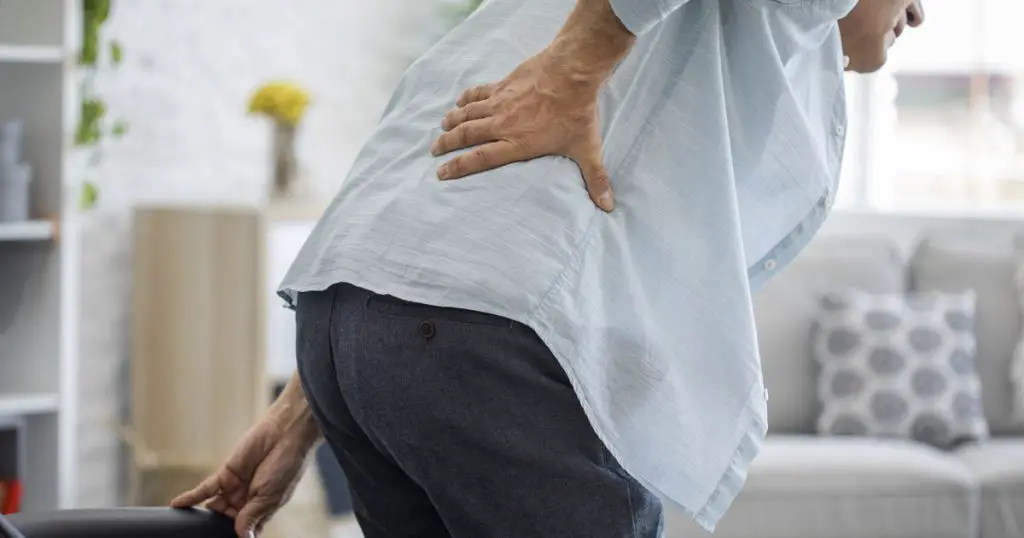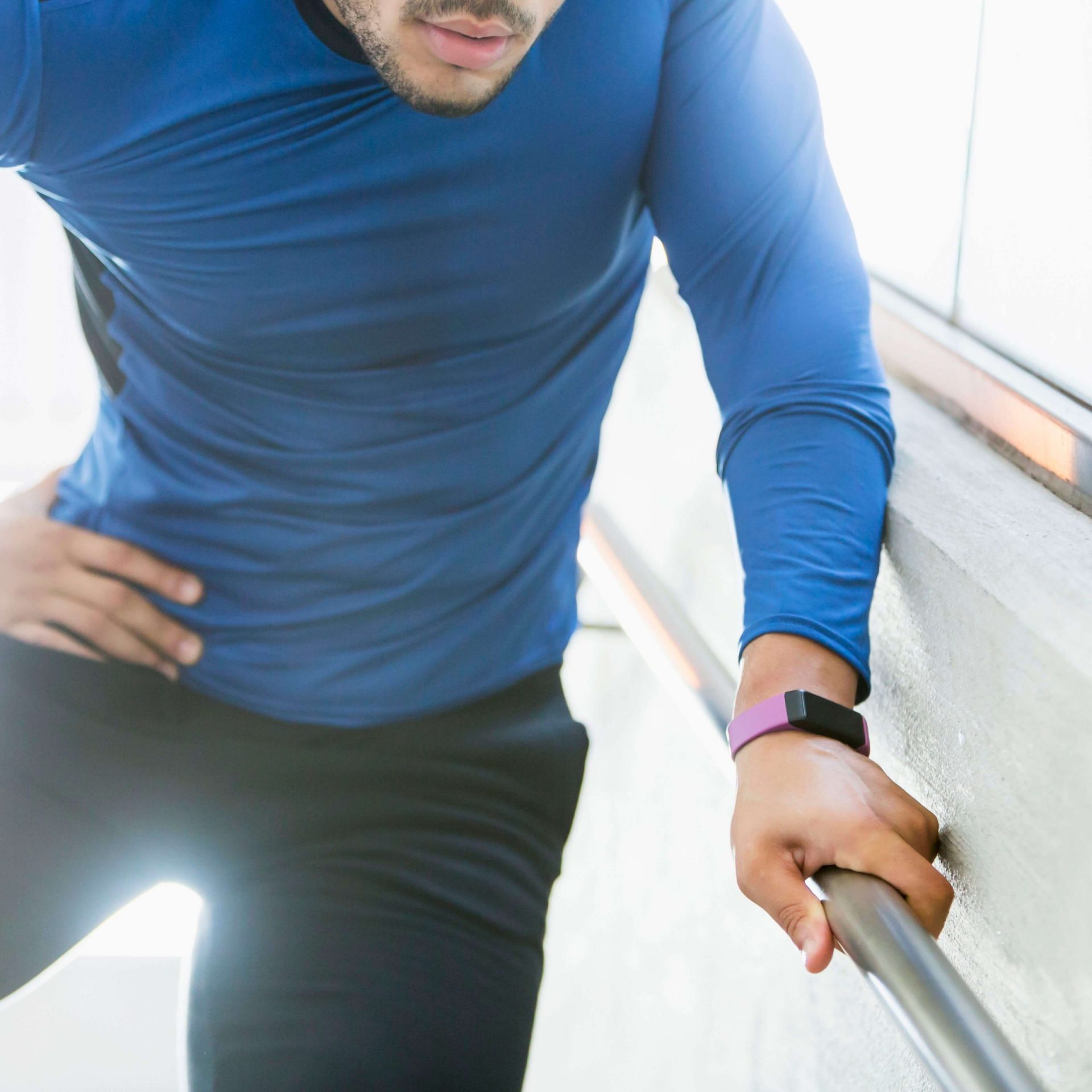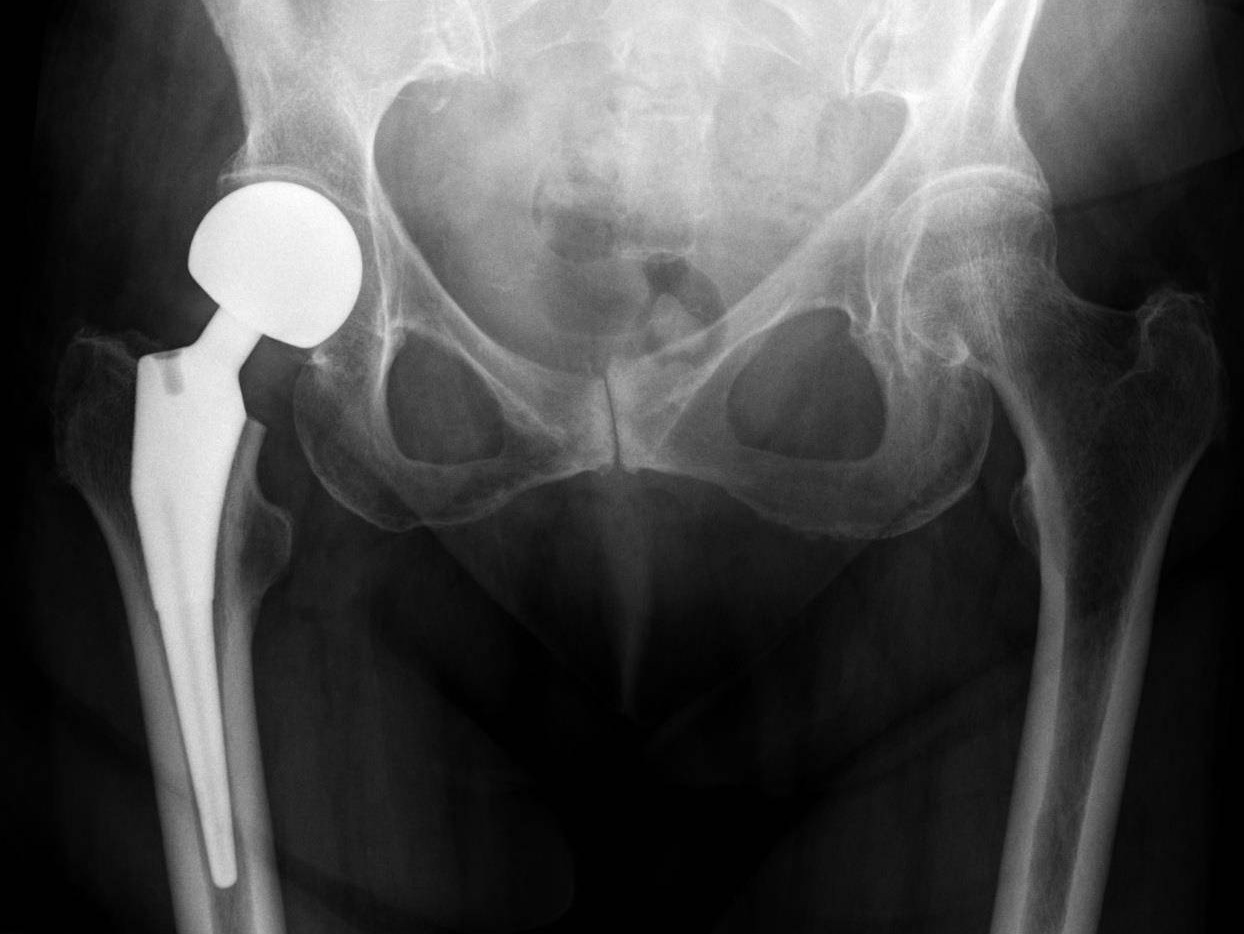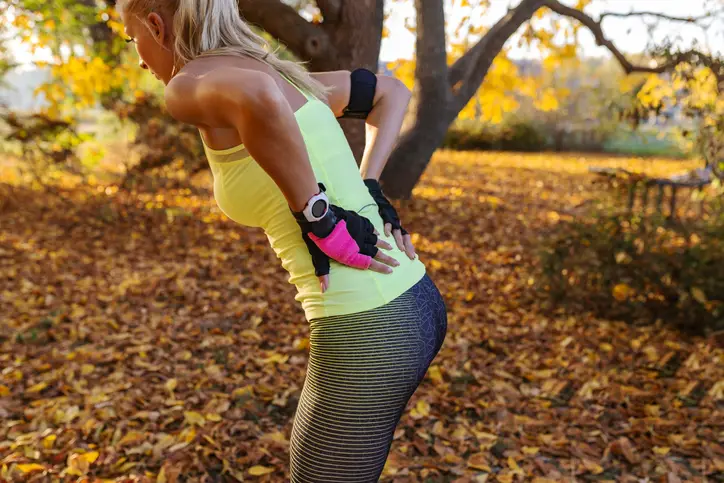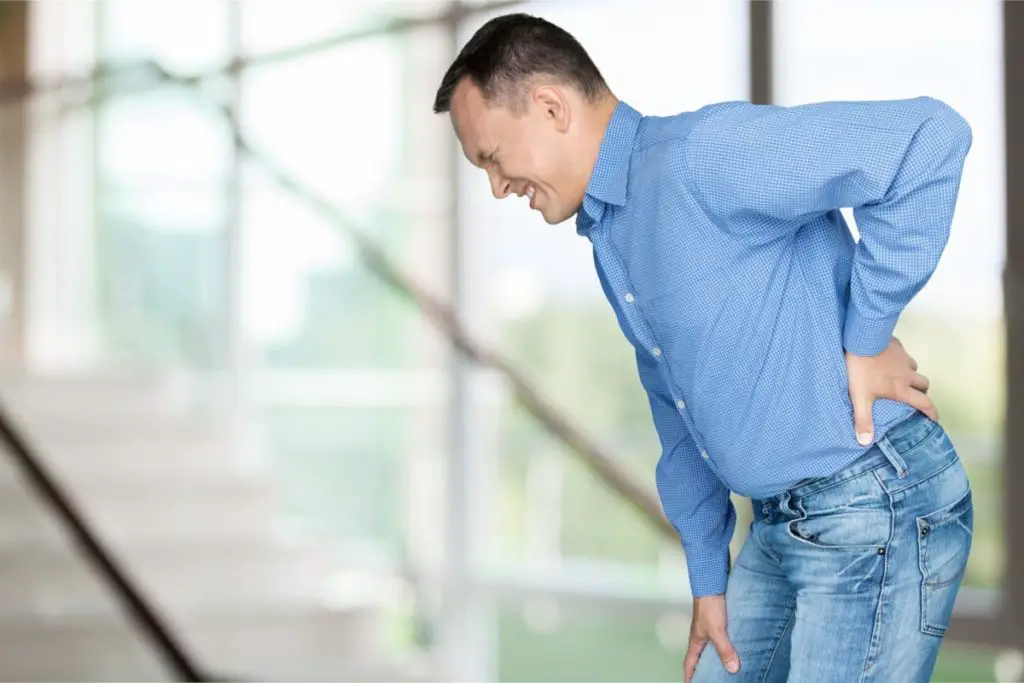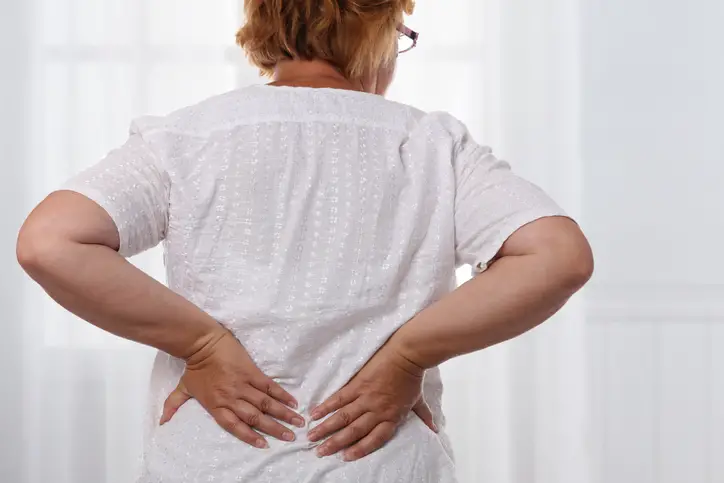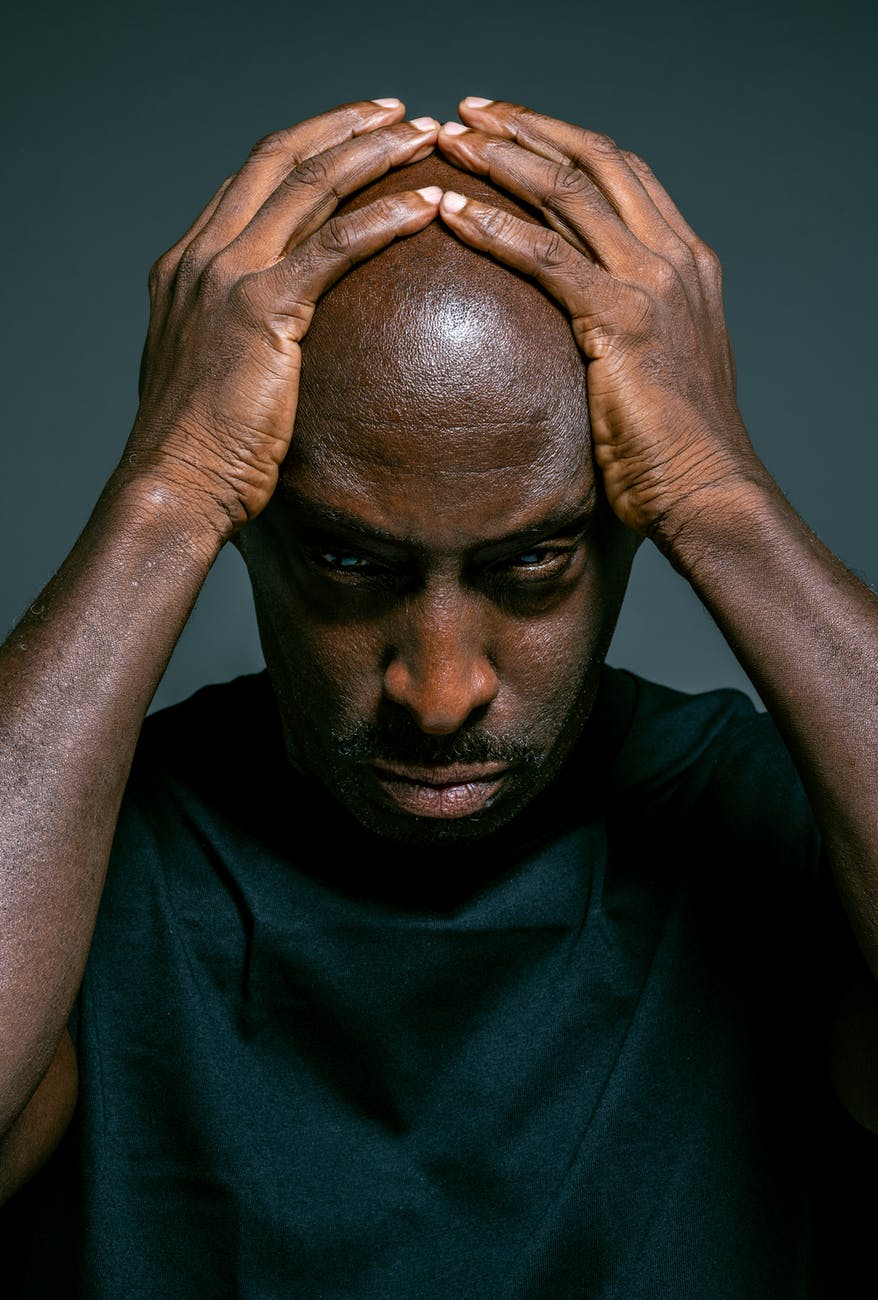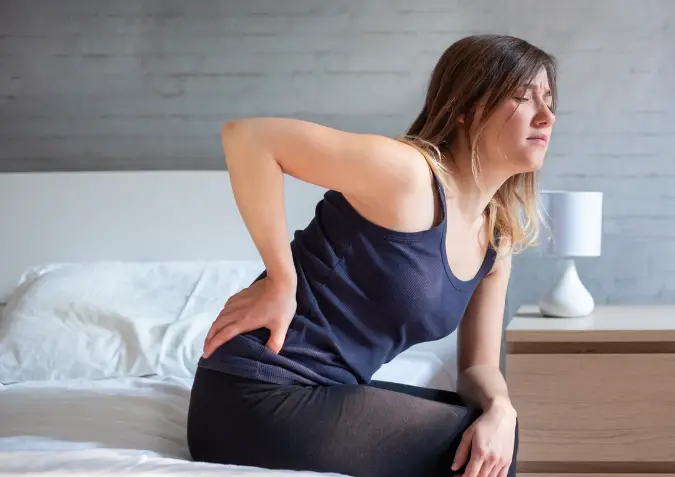The surgery of hip replacement is one of the most effective surgical procedures available today. It's a cost-effective way to eliminate pain associated with hip osteoarthritis, and improve joint function.
However, back pain is a common complication after hip replacement surgery.
In this article, we will explore the possible causes of back pain after a hip prosthesis and provide advice on how to manage pain.
Lumbar Spine and Hip Anatomy: Definition
La lumbar spine is composed of five vertebrae, which are the bones that make up the spine. These vertebrae are stacked on top of each other and are separated by intervertebral discs.
The discs act as cushions between the vertebrae and help to absorb shock. The lumbar spine is connected to the pelvis by the hip joint.
The hip joint is a ball and socket joint, which means it allows for a wide range of motion. The head of the femur, or thigh bone, fits into the cavity, which is formed by the acetabulum.
The joint from the hip is maintained by ligaments and muscles. The muscles that attach to the pelvis are known as the hip flexors. They include the iliac and psoas muscles.
These muscles help lift the leg when we walk or run. The column lumbar and hip work together to bear our weight and allow us to move our legs in a wide range of motion.
All about hip prosthesis
La total hip prosthesis, also called hip arthroplasty, is surgery in which the hip joint is replaced with an artificial implant.
This surgery is usually performed to relieve pain and restore function in the hip joint.
Your doctor may also recommend a hip prosthesis if you suffer from hip fracture or arthritis of the hip that does not respond to other treatments
During a total hip replacement surgery, your surgeon will make an incision in the side of your hip joint and will insert metallic implants to replace the ball part and the socket part of your joint. The new ball is attached to a rod inserted into the hollow core of your femur.
A metal shell with a plastic covering, called a cup, is inserted into the cavity part of your pelvic bone. In some cases, a cement-like material may be used to hold these new pieces in place.
What are the possible complications?
After one total hip arthroplasty, you will probably need crutches or a walker for several weeks while your new hip heals in its socket. You will also need to limit the weight you put on your new joint for a while.
La physiotherapy (physiotherapy) is an important part of recovery after a total hip prosthesis. A physiotherapist will help you regain strength and movement in your new hip joint
- Muscle spasm: Back pain is a common complication after hip replacement surgery. The most common cause of back pain after hip replacement surgery is muscle spasm. Muscle spasm is a condition in which the muscles contract involuntarily. It can be caused by nerve irritation, inflammation or injury.
- Nerve damage: Nerve damage is another possible cause of back pain after hip replacement surgery. A nerve damage can occur when nerves at the dorsal level are stretched, compressed or pinched. It can also occur when the blood supply to the nerves is cut off. Nerve damage can cause pain, numbness, or tingling.
Low back pain after hip prosthesis surgery
Recovery after hip replacement surgery takes time. A number of steps can be taken to speed up the process and get patients back on their feet as quickly as possible.
One of the most important things to do is take it easy and let the body compensate for the new joint. The body will go through many changes as it adapts to the new hip joint. Low back pain, or lower back pain, is common during this period.
Possible complications
If the initial lameness associated with the operation may cause some discomfort, this should improve as you recover and regain your strength.
In some cases, however, low back pain may persist or worsen, leading to significant pain and mobility issues.
If you suffer from post-surgical low back pain, there are a number of treatments that can provide relief. These include physical therapy (physiotherapy), stretching exercises and pain medication.
A muscular weakness gluteal muscles may play a role in the onset of low back pain. This is due to the fact that these muscles are indirectly responsible for supporting the spine.
In addition, a hip stiffness can also lead to lower back pain. Indeed, this stiffness can exercise excessive compensation of the joints and muscles located in the lumbar region.
Therefore, it is important to keep these things in mind when post-surgical low back pain occurs. Taking care of yourself and being attentive to the causes of this pain can facilitate recovery.
What to do in the case of lower back pain after hip prosthesis surgery?
After hip replacement surgery, certain steps can be taken to relieve the low back pain in question.
Consult a doctor
If you are experiencing lower back pain after hip replacement surgery, it is important to talk to your doctor. They will be able to determine the cause of your pain and recommend the best treatment options. Treatments for back pain may include over-the-counter pain relievers, physical therapy, or surgery.
Back pain is a common complaint heard by many orthopedic surgeons. While some back pain may be left over from the pre-existing condition that warranted hip replacement, other sources of back pain may appear after the operation. Low back pain, in particular, can hamper rehabilitation and recovery after hip surgery. It is therefore important to have a plan to deal with this problem if it arises.
Conventional back pain management strategies
There are a few conventional strategies to manage low back pain. These include the following strategies:
- Rest : this may be advised for a short time after the operation if the pain is severe. However, bed rest for more than a day or two may actually make the pain worse.
- La ice and heat: they can be applied to the affected area for 20-30 minutes at a time to help reduce inflammation and pain
- Exercise : Once the initial pain has subsided, gentle exercise can help strengthen the muscles around the hip, which can help maximize hip mobility and strength (adhering to post-op protocol) and support the joint and reduce stress on the lumbar area.
- Painkillers: over-the-counter or prescription medications may be recommended to help manage pain levels.

